Advanced ADAS, digital cockpits, infotainment, and autonomous driving systems are driving the increasing use of cameras, sensors, and displays in automobiles.The MIPI Alliance has developed A-PHY 2.0, effectively controlling electromagnetic interference in these systems while enhancing connectivity.
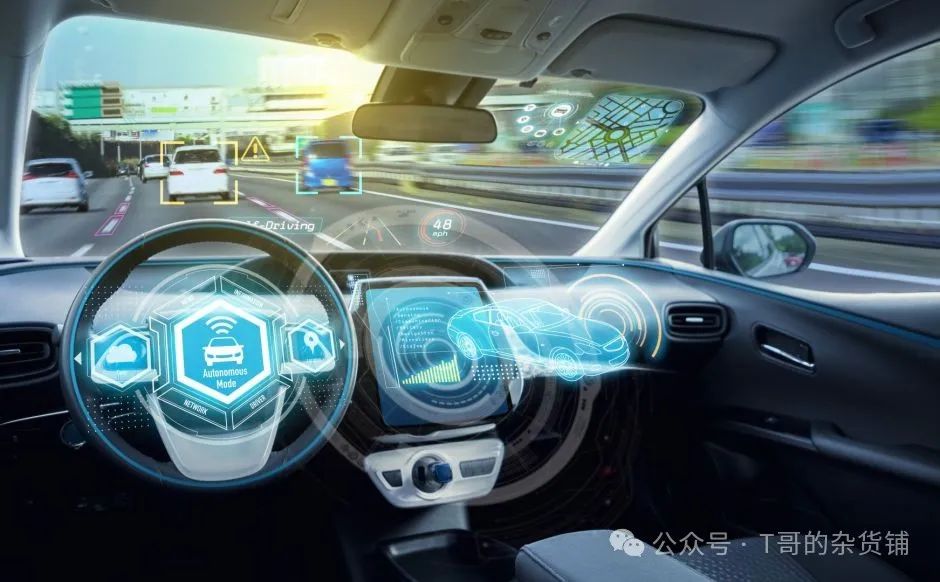
MIPI A-PHY provides asymmetric data connections for automotive applications requiring high data throughput. It is also used to address electromagnetic interference issues. (Image: metamorworks – stock.adobe.com)
As resolution, frame rates, and bit depths continue to rise, the gigabit throughput required to connect vehicle cameras, sensors, and displays presents unique design challenges. To support these new developments, the MIPI Alliance developed A-PHY (also known as IEEE 2977-2021), a high-speed, long-distance asymmetric serial interface for connecting cameras, sensors, and displays using MIPI CSI-2, MIPI DSI-2, DisplayPort, and other industry-standard protocols. A-PHY eliminates the need for proprietary PHYs and bridges, simplifying in-vehicle networks and reducing costs, weight, and development time.
The future automotive architecture will include A-PHY interfaces as a complement to symmetric interfaces like automotive Ethernet. Unlike other interfaces, MIPI A-PHY is designed to address the unique challenges of electromagnetic interference (EMI) in automotive environments.
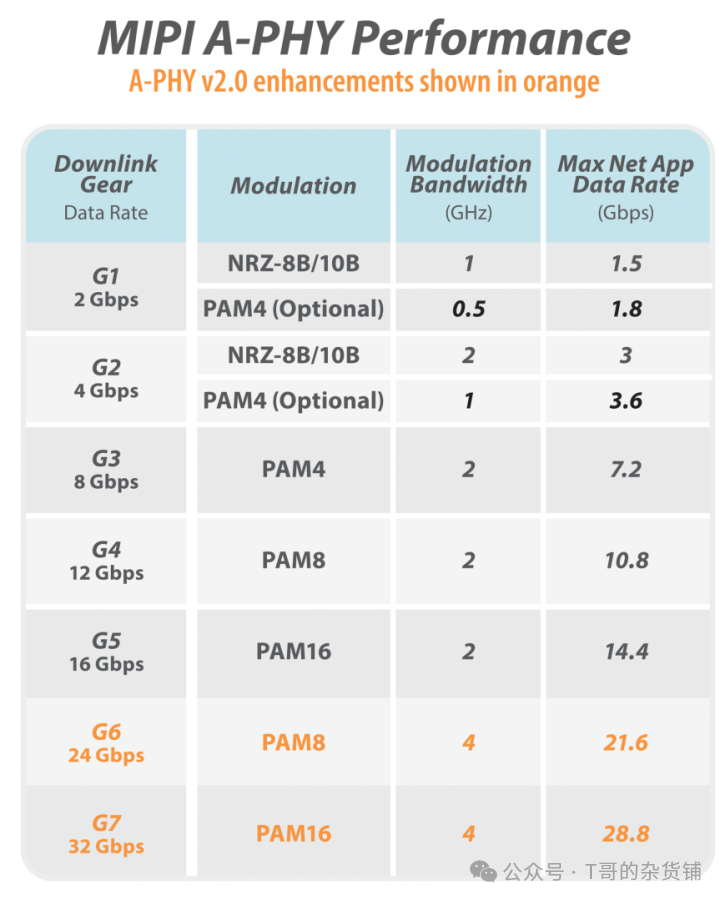
MIPI CSI-2: Further Development of the Interface
Today, MIPI Camera Serial Interface 2 has become the most widely used interface for embedded cameras and imaging systems globally. It has undergone further development to meet current requirements.
MIPI A-PHY Overview
A-PHY allows asymmetric data connections in point-to-point, daisy chain, and other topologies, providing unidirectional high-speed data over a single cable, integrated bidirectional control data, and optional power. This saves on cables, costs, and weight. It supports transmission distances of up to 15 meters (using four inline connectors), low latency (e.g., 6 µs at 16 Gbps), supports various cable types (coaxial, shielded differential pairs, and star quad), and multiple cable power options. A-PHY is optimized for sensor integration, with a simplified design and low baud rate suitable for most process nodes.
A-PHY v1.1.1 supports data transfer rates of up to 16 Gbit/s per channel and up to 32 Gbit/s per cable (i.e., star quad dual downlink). A-PHY v2.0 is scheduled for release in Q3 2024, increasing data transfer rate support to 32 Gb/s per channel and up to 64 Gb/s per cable. A-PHY offers excellent noise immunity and reliability, with an extremely low packet error rate of <10-19 throughout the vehicle’s lifespan. To optimize the interface effectively, A-PHY can simultaneously transmit multiple higher-layer protocols using a Protocol Adaptation Layer (PAL), which supports local coupling with MIPI CSI-2 (for cameras) and MIPI DSI-2/DisplayPort/Embedded DisplayPort (for displays). Other PALs support I2C, GPIO, Ethernet, SPI, audio, and MIPI I3C interfaces (Figure 1).
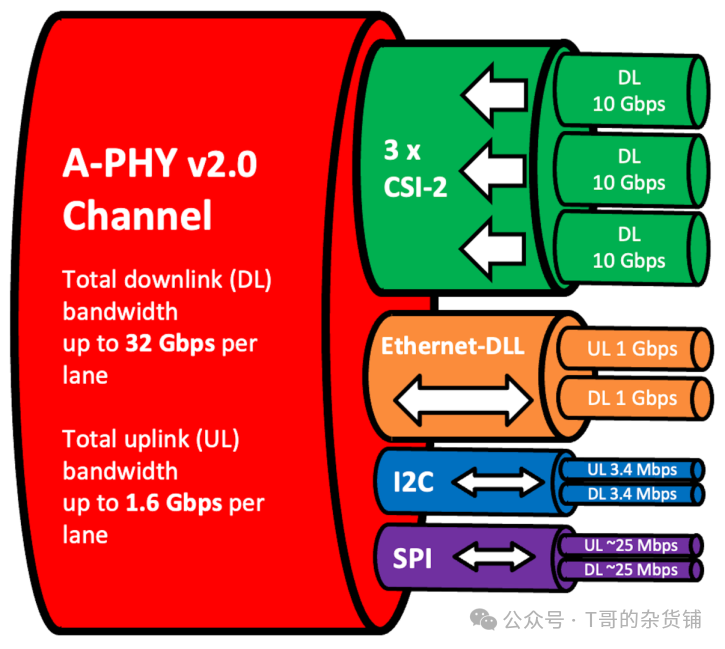
In addition to reduced signal-to-noise ratio, the electromagnetic environment within motor vehicles must also be considered. Key factors include narrowband interference (NBI), transient interference (ToL), alien crosstalk (Xtalk), and additive white Gaussian noise (AWGN) in the vehicle environment. Figure 2 shows the time and frequency domain graphs at the receiver when a system transmits signals at a symbol rate of 4 GBaud and 500 mVpp voltage over a channel with approximately 20 dB attenuation at a 2 GHz Nyquist frequency. The deep blue represents the transmitted signal, while the orange represents the signal after channel loss.
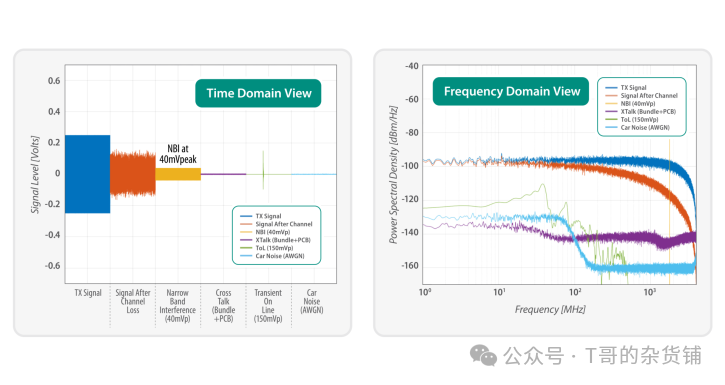
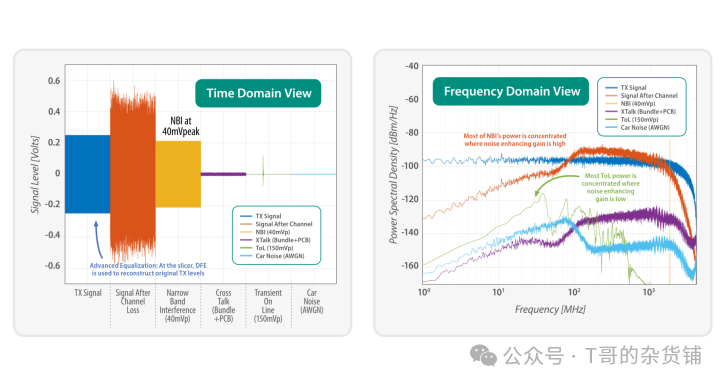
The above figures show the performance of these signals at the receiver slicer after adding gains from the analog front end (AFE) and feed-forward equalizer (FFE). Even with relatively complex equalization and filtering (allowing noise to be amplified by about 15 dB), the impact of NBI on the required reconstruction transmission levels can be seen. In the frequency domain, this is due to the majority of NBI power being concentrated at frequencies where the equalizer’s noise amplification effect is higher. In contrast, ToL noise occurs at lower frequencies, where its noise amplification effect is much smaller.
This Updates the MIPI CSI-2 Camera Specifications
The MIPI Alliance announced a significant update to its MIPI Camera Serial Interface 2 (MIPI CSI-2) interface, enabling advanced machine vision applications across various fields.
MIPI A-PHY – Developed to Operate in Harsh, Electromagnetic Interference-Ridden Environments
This simple analysis indicates that high-speed automotive links are affected by electromagnetic interference, and to ensure the safe and stable operation of gigabit data links, it is necessary to implement noise cancellation and error correction mechanisms in automotive applications that can offset the negative impacts of electromagnetic interference.
-
Dynamic pulse amplitude modulation schemes suitable for all speed levels, from NRZ-8b/10b to PAM16.
-
Instantaneous cancellers can provide over 36 decibels of instantaneous NBI cancellation.
-
Dynamic modulation local retransmission mechanisms support <10 -19 packet error rates, equivalent to an average interval of over 10,000 years.
In contrast, other interface technologies have a maximum NBI value of about 6 mV and typically rely solely on FEC (forward error correction) mechanisms, which are often insufficient to ensure the safe and reliable operation of the interface.
Conclusion
MIPI A-PHY is an open industry standard with strong ecosystem support for development, testing, and interoperability, and a clear commercialization pathway. Unlike other interfaces, A-PHY supports high noise immunity, enabling highly reliable high-speed data transmission using current-generation copper cables throughout the vehicle’s lifecycle. Additionally, a comprehensive reference consistency testing suite has been developed, and a consistency program is being introduced to verify whether A-PHY devices comply with specifications.
